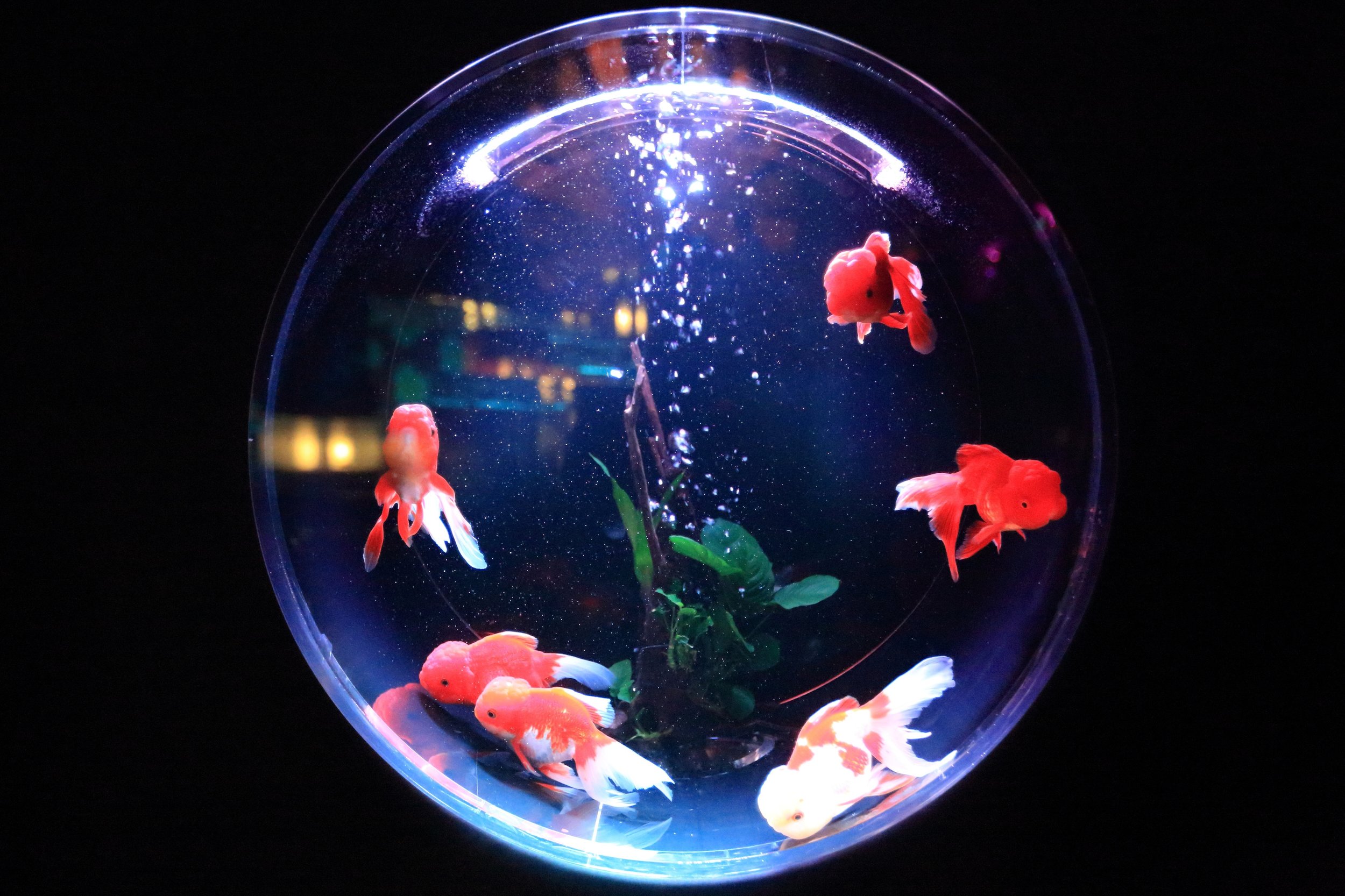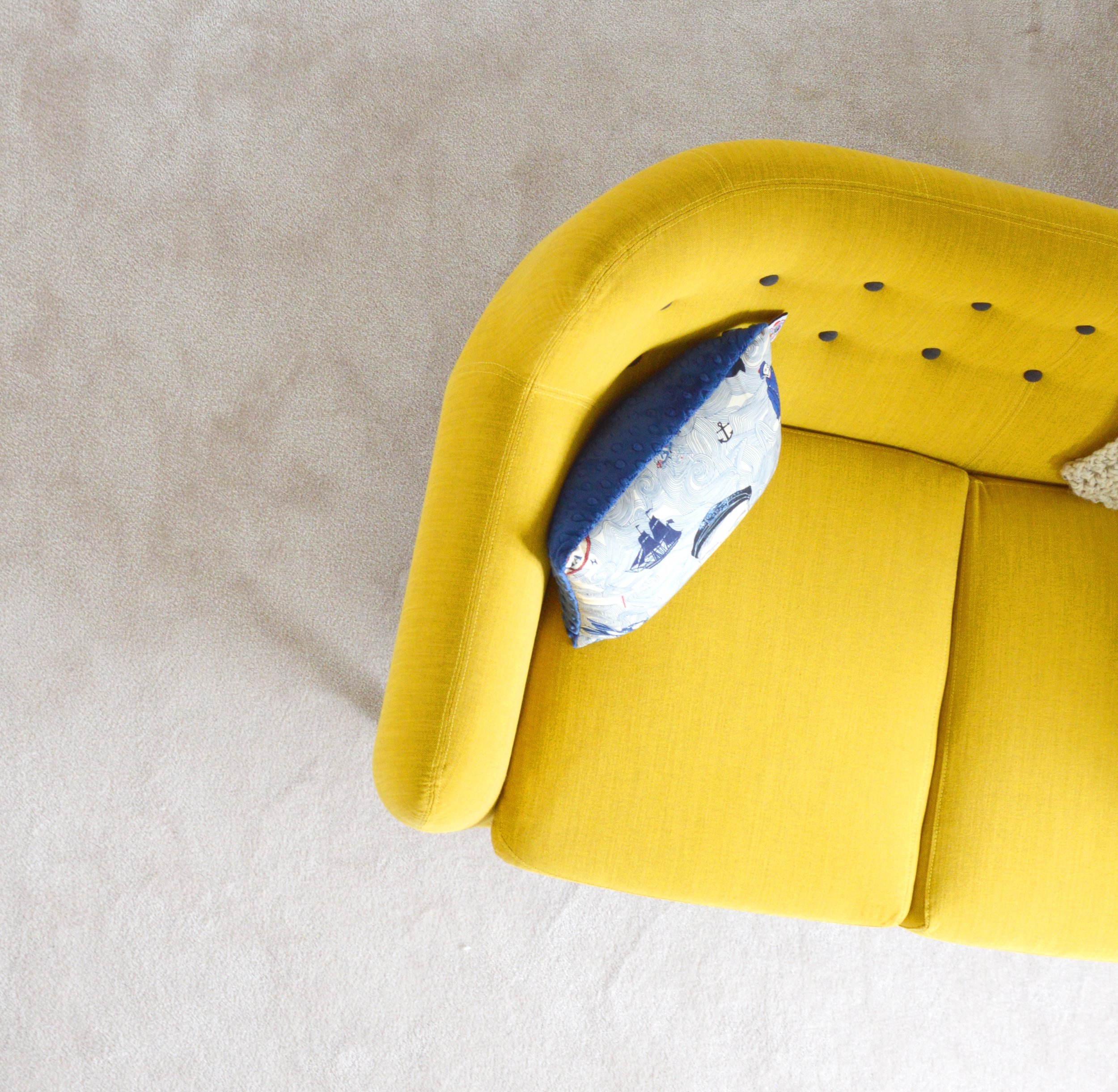Another post in our “How to Move Awkward Things” series!
Paintings
If the painting is covered in glass, start at step 1. If it’s not covered in glass, skip to step 3.
-
Tape a large “X” across the glass so that, if it breaks, it will stay in place.
-
Cover the glass fully with cardboard, carpet, foam or a drop-cloth.
-
Wrap the painting in bubble wrap, and tape it in place.
-
Place the painting in a box, and add packing materials (bubble wrap, paper, packing peanuts, etc.) until it is secure. Most moving and shipping companies will sell appropriately-sized boxes, or you create your own with some cardboard and strategically applied tape.
-
Write “Painting — FRAGILE” on the side of the box.
Aquariums
First and foremost, you want to minimize the amount of time your fish will spend outside of the aquarium. Moving is extremely stressful for your fish, so your aquarium should be one of the last things you take down, and one of the first things you put up in your new home.
If you’re moving locally, bring as much water from the tank with you as possible. Fish are highly sensitive to water chemistry, and reintroducing them to the same water environment will make the move much easier on them. Clean 5-gallon buckets are useful for this. If you’re moving long distance, however, you’ll most likely need to start over and set up your aquarium as if it was brand new.
For transport, fish and plants can be kept safely in sealed bags half-filled with water for 1–2 hours at most. For longer moves, go with a sealed bucket, and for moves of a few days or weeks, ask a local pet store if they can take your fish/plants while you move. Some will even air-ship your fish to you afterward.
Finally, make sure to have plenty of towels/rags on hand to deal with the inevitable spills!
-
Using a siphon hose, siphon off a sizeable portion of the tank water into prepared buckets.
-
Remove all the decorations, taking care that no fish are hiding in them.
-
Remove any live plants, placing them in bags or water-filled buckets for the trip.
-
Soak the fish-net in water for 10–15 minutes to soften it, then use it to gently transfer your fish to bags or buckets. Depending on the length of the move, consider aerating the buckets to make sure the fish have enough oxygen.
-
Remove pumps, filters and heaters.
-
Siphon off the rest of the water and remove all the gravel.
-
Move the tank.
When moving back in, simply reverse the process. Put the gravel back in, then the water, decorations plants and fish. Set up the filters/heaters, but let the water sit for 30 minutes or so before turning on the heater again.
Over the next few days, check the tank-water often to make sure it is the right temperature and pH balance.
For help moving other awkward things, check out our guides on Electronics and Expensive Clothes and China and Couches.
Thanks for reading! If you liked this post, please recommend or share it with others. 🙂
Want to talk? Connect with Moved on Facebook, Twitter, and Instagram!


